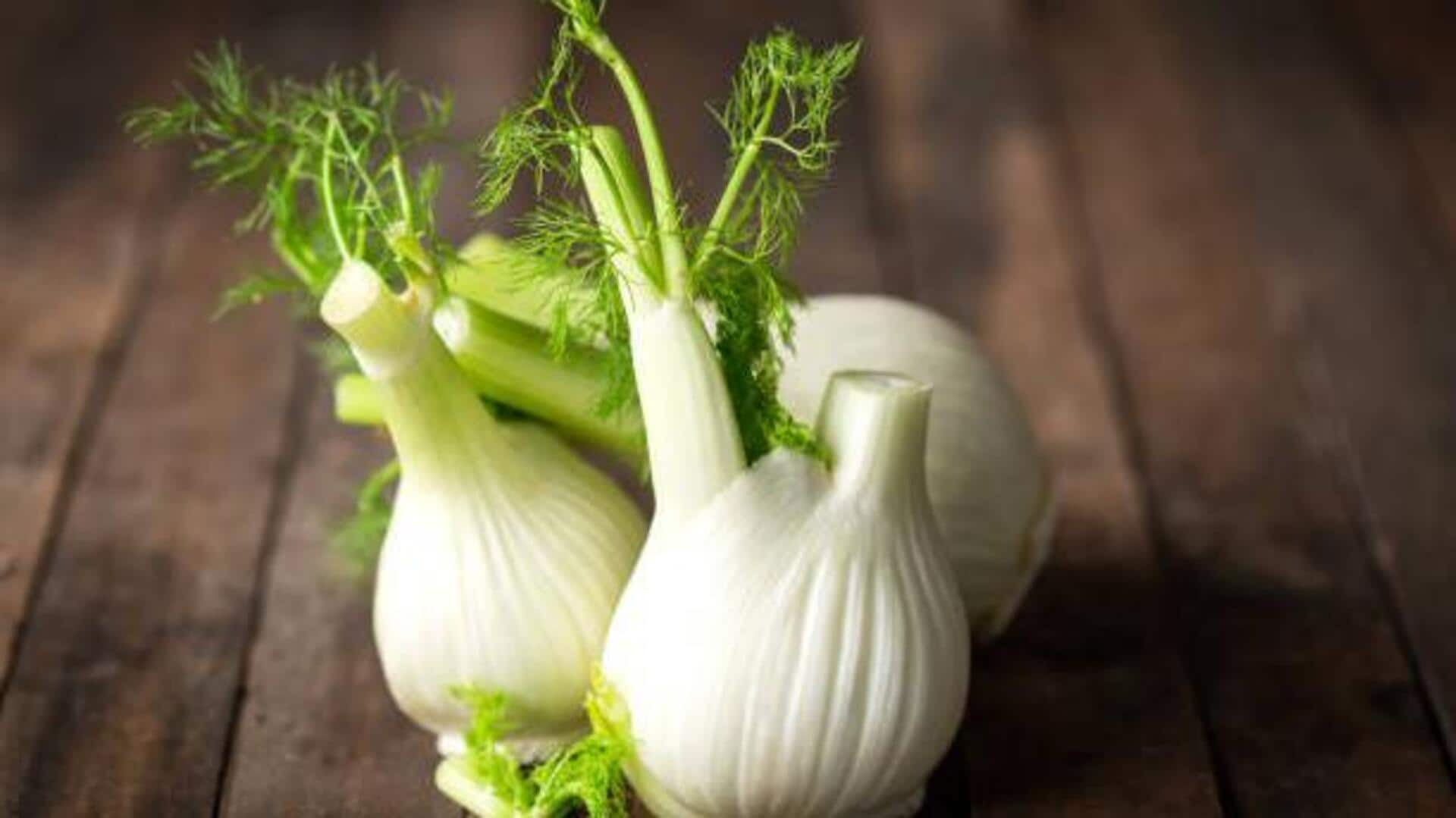Water Ratio Woes
One of the most frequent mistakes involves the incorrect water-to-rice ratio. Using either too much or too little water can lead to undercooked, mushy,
or burnt rice. The ideal ratio generally varies, with a common starting point being a 2:1 ratio of water to rice. However, this can change based on the type of rice. For instance, brown rice often requires a bit more water and a longer cooking time than white rice. Ensuring the correct ratio is critical for proper cooking. Always consult the rice package instructions to get the perfect amount of water for your specific type of rice. Measuring your water and rice meticulously before you begin can ensure you get fluffy, perfectly cooked rice.
Skipping the Rinse
Rinsing the rice before cooking is a crucial step often overlooked. Washing the rice removes excess starch on the grains' surface. This excess starch can cause the rice to become sticky and clumpy once cooked. Rinsing your rice is a simple step that can greatly improve the final texture. Place the rice in a bowl and cover it with cold water, swirling it gently with your hand. The water will turn cloudy as the starch washes away. Pour off the cloudy water, and repeat this process until the water runs mostly clear. Rinsing also helps eliminate any dust or debris. This simple act of rinsing is worth the effort to make sure you enjoy the best rice possible.
Incorrect Cooking Time
Overcooking or undercooking rice is another frequent mistake. Cooking times can vary based on the type of rice and the method. Long-grain rice, for example, might need a different cooking time than short-grain rice. Furthermore, the cooking time changes when using a stovetop method versus a rice cooker. Overcooking rice will result in mushy, sticky rice, while undercooking it will leave you with hard, chewy grains. Always refer to the package instructions for the recommended cooking time. Use a kitchen timer and avoid the temptation to lift the lid during cooking. Checking the rice towards the end of the cooking time is crucial, and you might adjust the time based on the rice's texture.
Lifting the Lid
Lifting the lid during the cooking process can lead to significant cooking issues. This can cause the steam to escape, disrupting the cooking process and affecting the final texture of your rice. The steam that builds up inside the pot is responsible for cooking the rice evenly. Lifting the lid releases this essential steam, and your rice may cook unevenly. For the best results, cover the pot tightly with a lid and resist the urge to peek inside. The only time it's truly necessary to lift the lid is at the end of the cooking time to fluff the rice with a fork, allowing any remaining moisture to escape.
Not Resting Rice
Failing to let the rice rest after cooking is a mistake that can impact texture and consistency. After the rice is cooked, resist the urge to serve it immediately. Instead, let the rice sit, covered, for about 10 to 15 minutes. This resting period allows the rice to steam and absorb any remaining moisture. This resting process allows the grains to plump up and become fluffy. Fluff the rice gently with a fork before serving to separate the grains. This helps release excess steam and prevents the rice from becoming sticky or clumpy. Resting the rice ensures a perfect texture and improves the overall dining experience, so taking those extra few minutes pays off.




